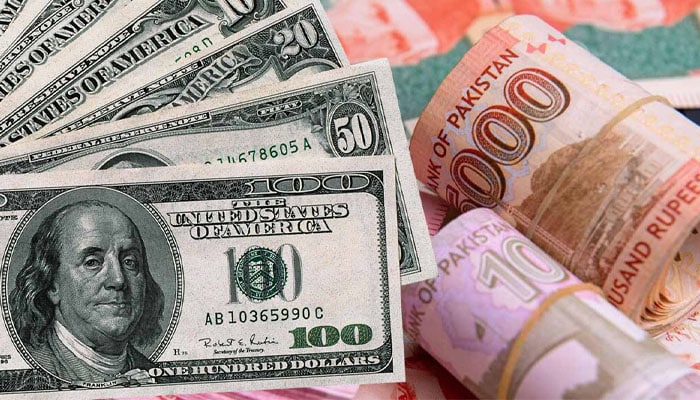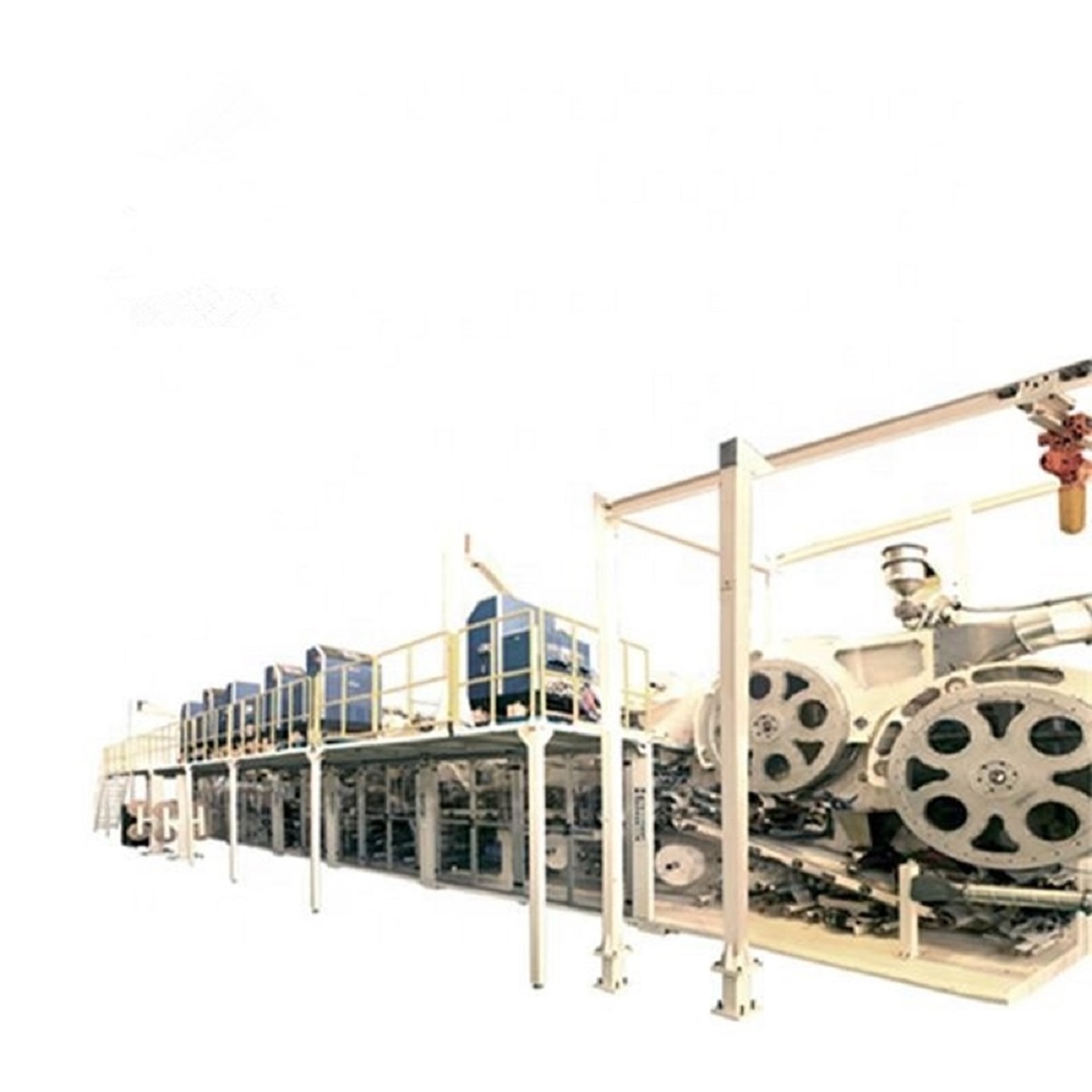Introduction Dollar Rate in Pakistan Today
As of today, the exchange rate for the US dollar in Pakistan is an essential factor influencing various sectors of the economy, from imports and exports to inflation and government policies. The value of the US dollar against the Pakistani rupee (PKR) reflects the strength or weakness of Pakistan’s economy on the global financial stage. Many individuals and businesses alike keep a close watch on this rate for a variety of reasons, including planning financial transactions, remittances, and import/export activities.
The dollar rate has fluctuated significantly in recent years due to a combination of domestic and international factors. In this article, we will explore the current dollar rate in Pakistan today, its historical trends, and its broader implications on Pakistan’s economic environment.
Current Dollar Rate in Pakistan
As of today, the dollar to Pakistani rupee exchange rate stands at approximately PKR 286 for buying and PKR 289 for selling in major markets and exchange offices. These rates are subject to fluctuation due to factors such as inflation, political developments, and global economic conditions. The rate can vary slightly depending on where the transaction takes place, such as in banks, exchange markets, or the open market.
Factors Affecting the Dollar Rate in Pakistan
-
Global Economic Conditions
The US dollar is the world’s primary reserve currency, and its value is influenced by economic trends in the United States. When the US economy strengthens, the dollar tends to appreciate globally. On the other hand, global crises such as financial recessions, pandemics, or geopolitical tensions can lead to fluctuations in the dollar rate worldwide, which will also impact Pakistan. -
Political Stability
Political instability in Pakistan can lead to uncertainty in financial markets. This often causes foreign investors to pull out, which puts downward pressure on the value of the Pakistani rupee. Conversely, political stability can build investor confidence, thus helping stabilize the rupee. -
Inflation and Interest Rates
High inflation in Pakistan generally leads to a decline in the value of the rupee. The State Bank of Pakistan (SBP) often adjusts interest rates in response to inflationary pressures. Higher interest rates attract foreign investment, leading to increased demand for the rupee, which can strengthen its value against the dollar. -
Trade Deficit and Foreign Reserves
Pakistan has been running a trade deficit for years, meaning it imports more than it exports. To pay for these imports, the country often needs foreign currency, particularly US dollars. A low supply of foreign reserves makes it difficult for the government to stabilize the rupee, leading to a depreciation of the currency. This issue is compounded by the lack of a robust export base to earn foreign currency. -
International Financial Aid
Pakistan often receives loans and financial aid from international institutions like the International Monetary Fund (IMF) and the World Bank. These loans can increase foreign reserves and provide temporary relief for the country’s currency. However, depending on the terms of these loans, it can either help stabilize or worsen the exchange rate. -
Speculation and Market Sentiment
The currency market is also impacted by speculators. If traders believe the rupee will weaken in the future, they will start selling their rupees and buying dollars, further driving the value of the dollar up. Speculation by major foreign investors and hedge funds can exacerbate these trends.
Historical Trends of Dollar Rate in Pakistan
The dollar rate in Pakistan has not remained constant, and its fluctuations have been a topic of much discussion over the years. Historically, Pakistan’s rupee has depreciated against the US dollar, particularly in the last two decades. While the exchange rate was below PKR 60 to a dollar in the early 2000s, it has steadily risen, reaching as high as PKR 290 in recent times.
This upward trend can be attributed to multiple factors, such as inflation, rising foreign debt, and Pakistan’s reliance on imports. The sharp depreciation in recent years has led to increased costs of living, impacting everything from food prices to fuel.
The Role of the US Dollar in Pakistan’s Economy
The US dollar plays a crucial role in Pakistan’s economy, particularly due to its influence on imports and exports. Most international trade, including oil and gas purchases, is conducted in dollars, which means Pakistan’s trade balance is directly impacted by changes in the dollar rate.
Additionally, the dollar’s strength affects the remittance market. Pakistan receives a significant portion of its foreign currency reserves through remittances from overseas Pakistanis. A stronger dollar means that these remittances translate into more rupees when exchanged, providing some relief to local markets and households.
The Impact of Dollar Rate on Inflation
The value of the Pakistani rupee directly impacts inflation, which affects the cost of goods and services. A devaluation of the rupee, often caused by a rising dollar rate, means that imported goods will become more expensive. Since Pakistan imports a wide range of goods—ranging from oil to electronics—an increase in the dollar rate results in higher costs across the board, contributing to inflation.
Inflation erodes the purchasing power of consumers, making it harder for people to afford everyday items. This situation is particularly challenging for the middle and lower-income segments of society. Inflationary pressures often lead the government to implement monetary tightening measures, such as raising interest rates, which can, in turn, affect the overall growth of the economy.
Pound Rate Today in Pakistan
In addition to the US dollar, the British pound also holds significance in Pakistan’s foreign exchange market. As of today, the pound rate in Pakistan is PKR 350 for buying and PKR 355 for selling, depending on the market conditions and exchange office. The pound rate today in Pakistan reflects global shifts in the currency market, including changes in the UK economy and the political stability in Britain, which can have ripple effects on the currency exchange rates worldwide.
Factors Affecting the Pound Rate in Pakistan
-
Brexit and UK Economy
One of the main factors that can affect the pound rate in Pakistan is the economic situation in the UK. The decision to leave the European Union (Brexit) and subsequent economic policies have led to significant fluctuations in the pound’s value. -
Global Financial Trends
The strength or weakness of the pound is also linked to global financial events. Economic reports from the UK, such as inflation rates, job numbers, and GDP growth, have a direct effect on the pound’s value against the rupee. -
Trade Relationships
The UK is one of Pakistan’s significant trading partners. Trade balances, exports, and imports between the two countries impact the pound’s demand in the Pakistani market. A positive trade balance with the UK could increase demand for the pound, leading to a higher exchange rate.
Implications for the Common Man
For the average Pakistani, the rise in the dollar and pound rates has a direct impact on daily life. Imported goods, such as electronics, cars, and petroleum products, become more expensive when the dollar or pound strengthens against the rupee. This leads to higher inflation, making it harder for people to manage their budgets.
Additionally, remittances sent by Pakistanis working abroad will also be affected. A higher dollar rate means that remittances sent from family members abroad will fetch more rupees, which can provide some relief to families that depend on such transfers for their livelihoods.
Conclusion
The dollar rate in Pakistan today plays a critical role in the country’s financial system, influencing everything from inflation to international trade. Given the factors at play, the rate is expected to continue fluctuating in response to both global and domestic conditions. The pound rate today in Pakistan also reflects similar economic forces at play, impacting trade and financial markets.
For businesses and consumers alike, understanding the dynamics behind these rates is crucial for navigating the challenges posed by currency fluctuations. As the financial landscape continues to evolve, both the US dollar and the British pound remain vital currencies that will shape the direction of Pakistan’s economic policies and market conditions for years to come.




